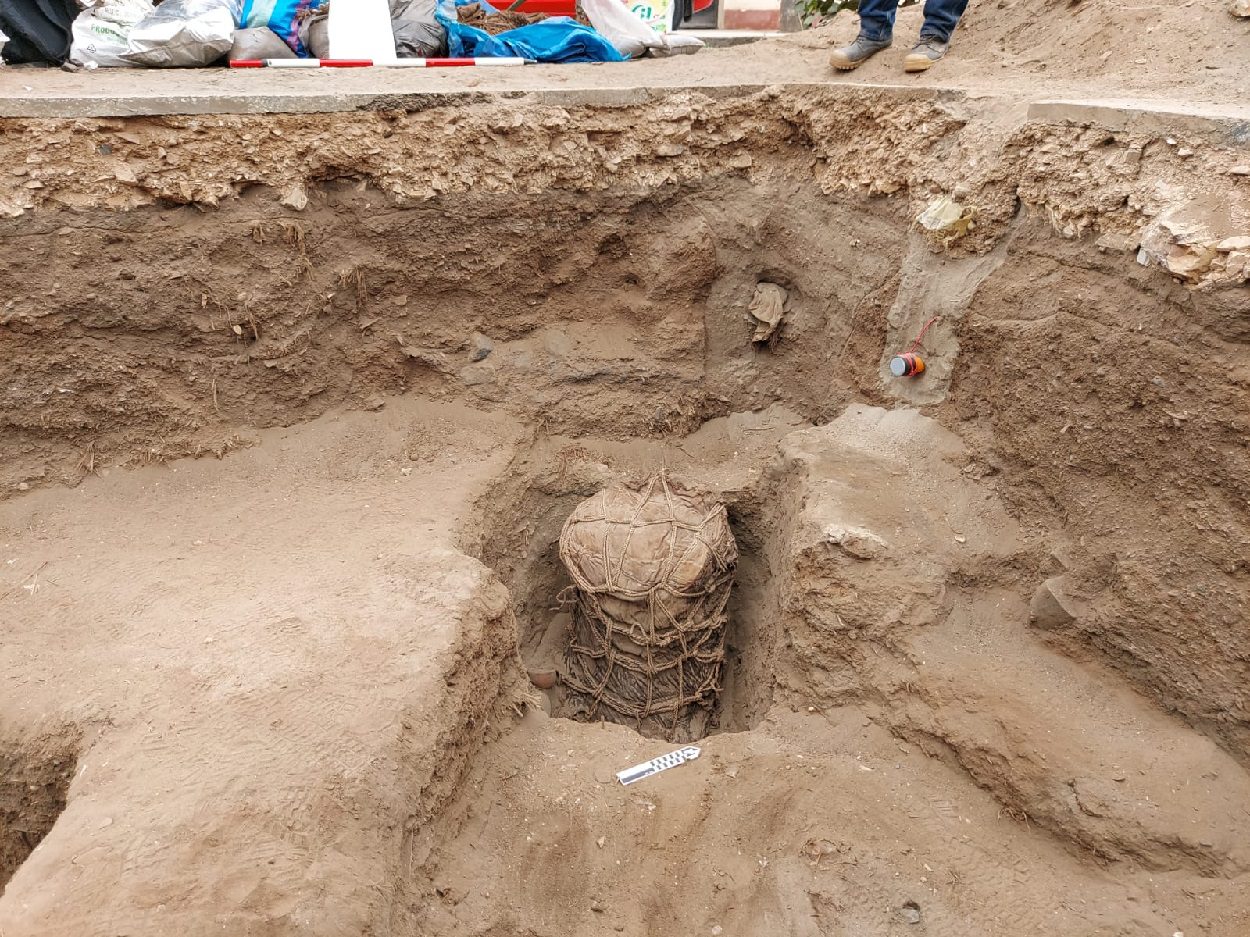Archaeologists have uncovered a tomb from the Ichma Culture during excavations in Ancón, a district of northern Lima Province, Peru.
The Ichma were a pre-Inca indigenous polity located south of Lima in the Lurín River valley and the Rímac River valley. The culture emerged around AD 1100 and lasted until around AD 1469 when they were absorbed into the Inca Empire.
Is believed that the Ichma were an Aymara-speaking people that came to inhabit the coastal areas near Lima following the collapse of the Wari empire. Around this time, several small kingdoms and confederations were created, which were dominated in the region by the Chancay Culture to the north of Lima, and the Ichma culture to the south.
The Ichma were centred on their capital of Pachacamac (formerly known as Ishma before the Inca conquest), where they constructed at least 16 pyramids and worshiped Pacha Kamaq, the creator god.

Archaeologists were notified of the tomb following works by the Cálidda company for a new pipeline. This revealed a 500-year-old burial from the late Ichma period, whose remains were deposited in a pit and wrapped in natural fibre blankets secured using ropes tied in geometric patterns.
Alongside the burial are various funerary offerings, including ceramics and containers for mate – dried leaves of the yerba mate (Ilex paraguariensis) that many cultures of the Americas use to create a caffeine-rich infused herbal drink by soaking the leaves in hot water.
Luciana Caravedo, a spokesperson from Cálidda, said: “Cálidda has a team of archaeologists who supervise all Gas Natural installation works to guarantee the protection of the city’s archaeological heritage. We work hand in hand with the Ministry of Culture to rescue and preserve the findings.”
Header Image Credit : Cálidda

